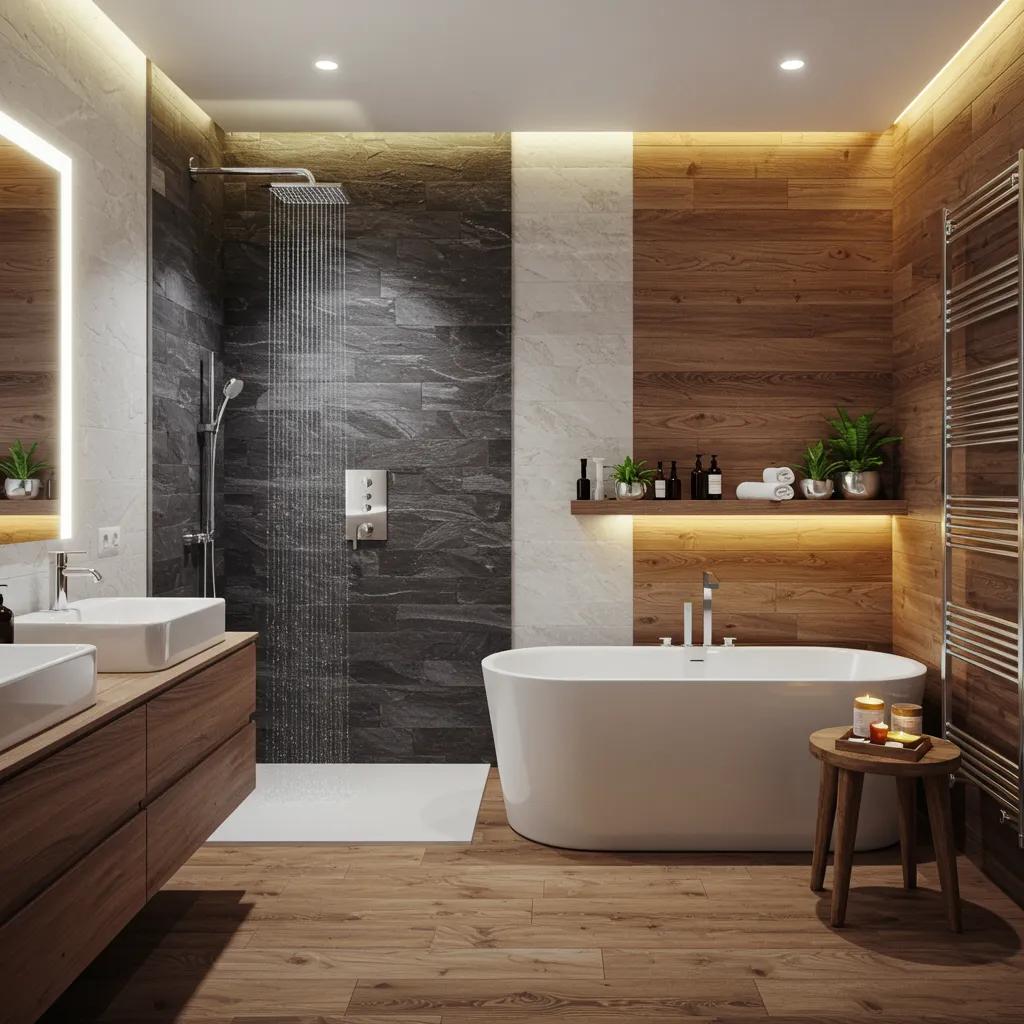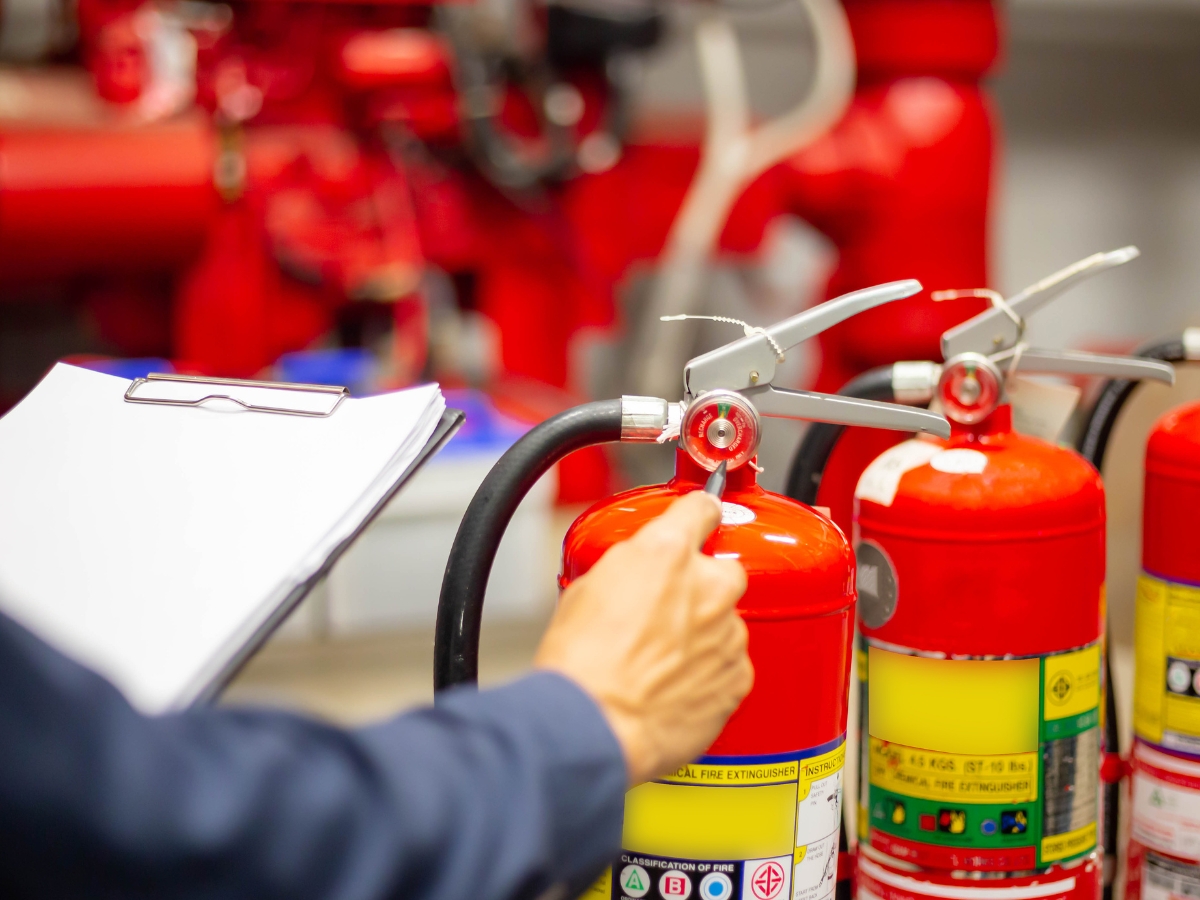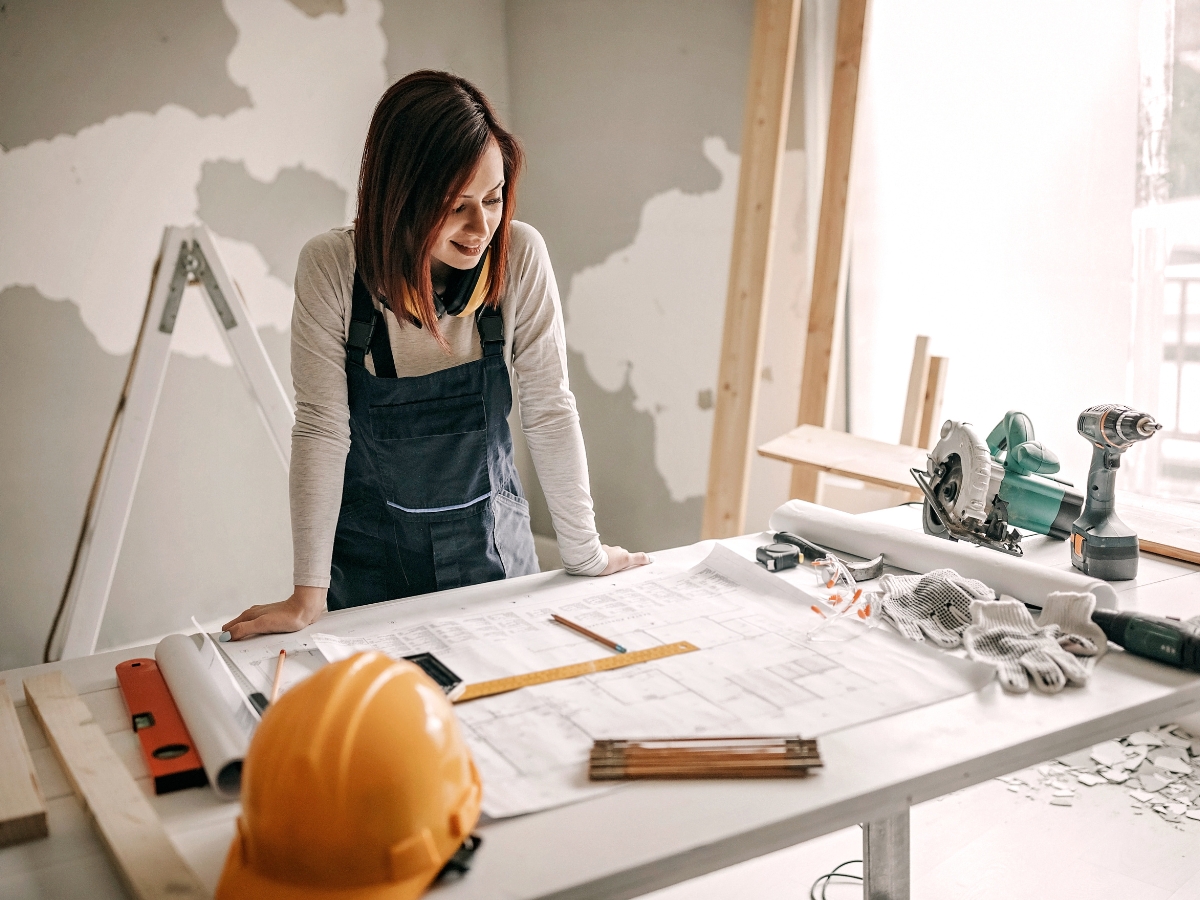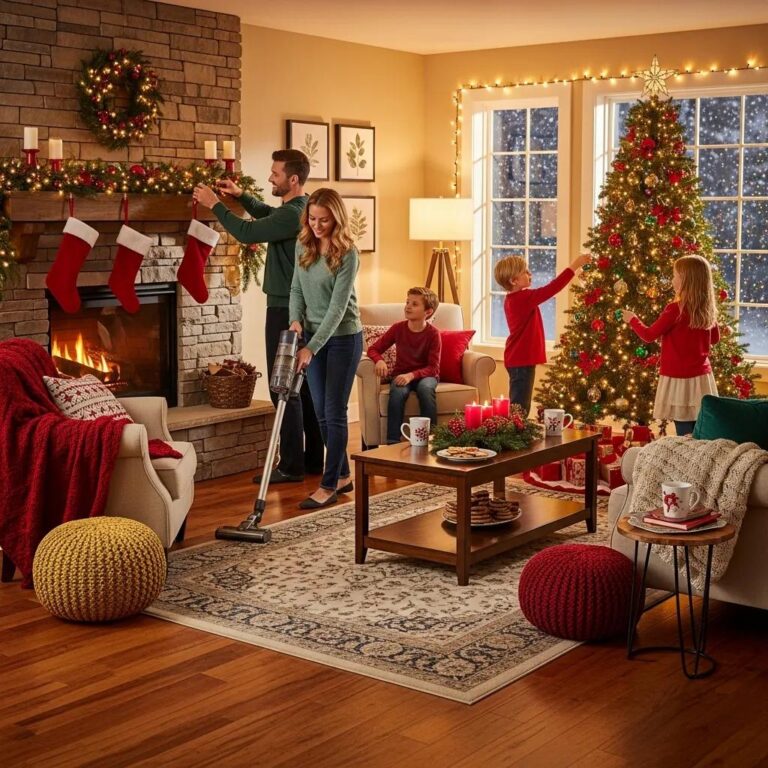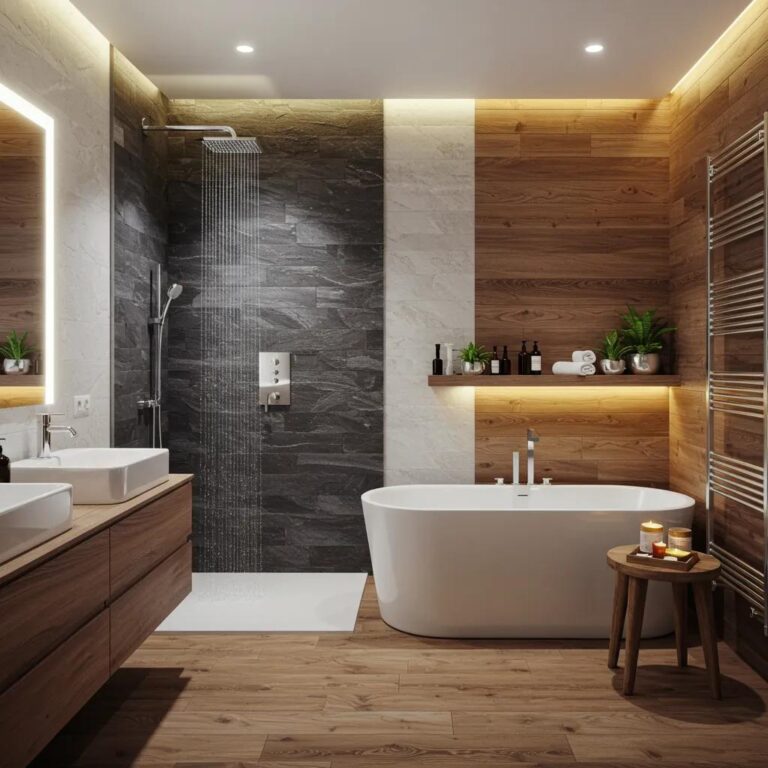Water damage can be one of the most costly and disruptive issues a homeowner faces, often leading to extensive repairs and long-term problems if not addressed quickly.
However, with the right preventive measures, you can protect your home from potential water damage and save yourself from the headache of dealing with unexpected repairs.
In this guide, we’ll cover essential tips and strategies to help homeowners with preventing water damage, from regular maintenance and inspections to simple fixes that can make a big difference.
Stop Water Damage in Its Tracks: Expert Tips for a Dry and Secure Home!
Identifying Common Sources of Water Damage
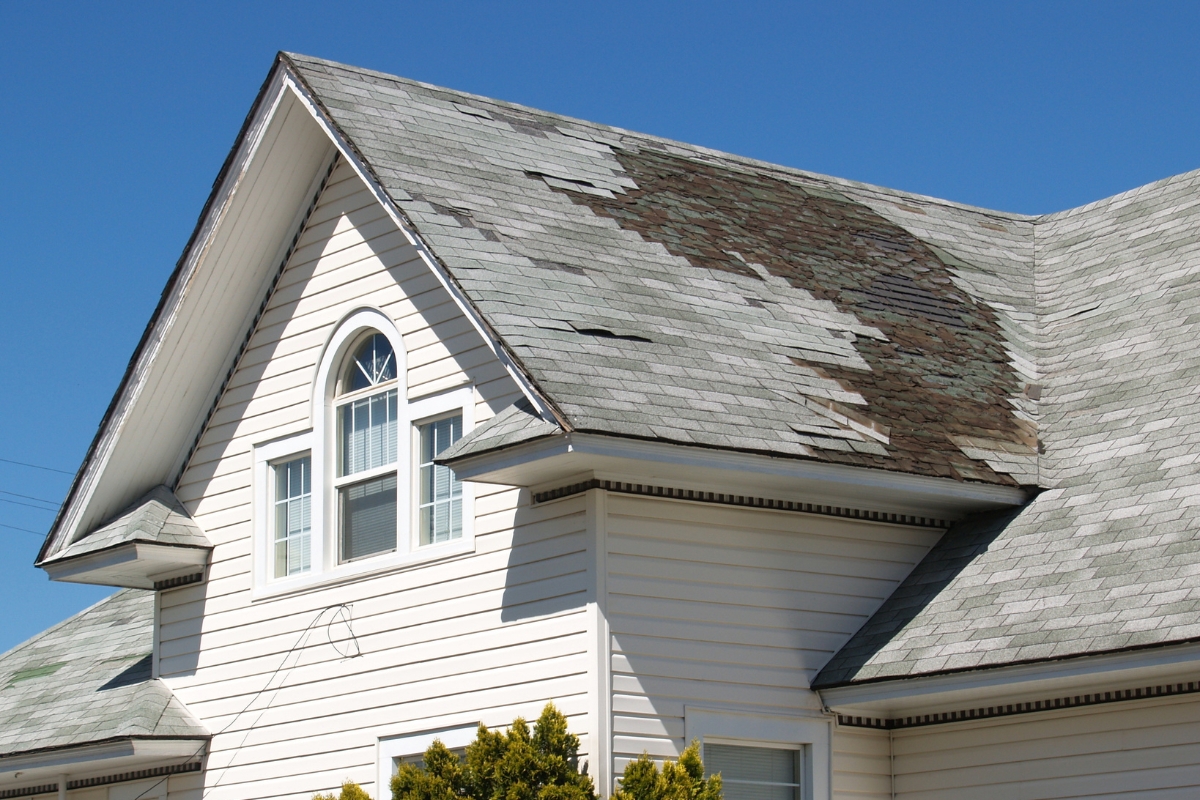
Water damage can originate from various sources within your home. By identifying these common sources, you can take proactive steps to prevent potential water-related incidents.
- Burst Pipes: One of the most common causes of water damage, burst pipes can occur due to freezing temperatures or aging infrastructure. When water freezes inside pipes, it expands, causing the pipes to crack or burst. Regular inspection and proper insulation can prevent this issue.
- Roof Leaks: Over time, roofs may develop cracks, missing shingles, or discolored patches, leading to water infiltration. Regular roof inspections and maintenance are crucial to avoid leaks that can result in significant water damage inside your home.
- Malfunctioning Appliances: Appliances such as washing machines, dishwashers, and refrigerators with ice makers can cause water damage if they malfunction. Hoses and connections can wear out, leading to leaks. Regular checks and maintenance of these appliances, along with upgrading to models with built-in leak detection systems, can prevent potential water damage.
- Clogged Gutters: Gutters that are not cleaned regularly can become clogged with leaves, debris, and dirt, causing water to overflow and seep into your home’s foundation. This can lead to basement flooding and other forms of water damage.
- Blocked Drains: Blockages in sinks, bathtubs, or showers can cause water to overflow, leading to water damage. Regularly cleaning drains and addressing clogs promptly can help prevent this issue.
- Faulty Water Heaters: Aging or malfunctioning water heaters can develop leaks, leading to significant water damage. Regular inspection and timely replacement of old water heaters can prevent unexpected leaks.
By identifying and addressing these common sources, homeowners can be more proactive in their water damage prevention. Regular inspections, maintenance, and timely repairs are key to avoiding costly water-related issues.
Importance of Regular Maintenance Checks
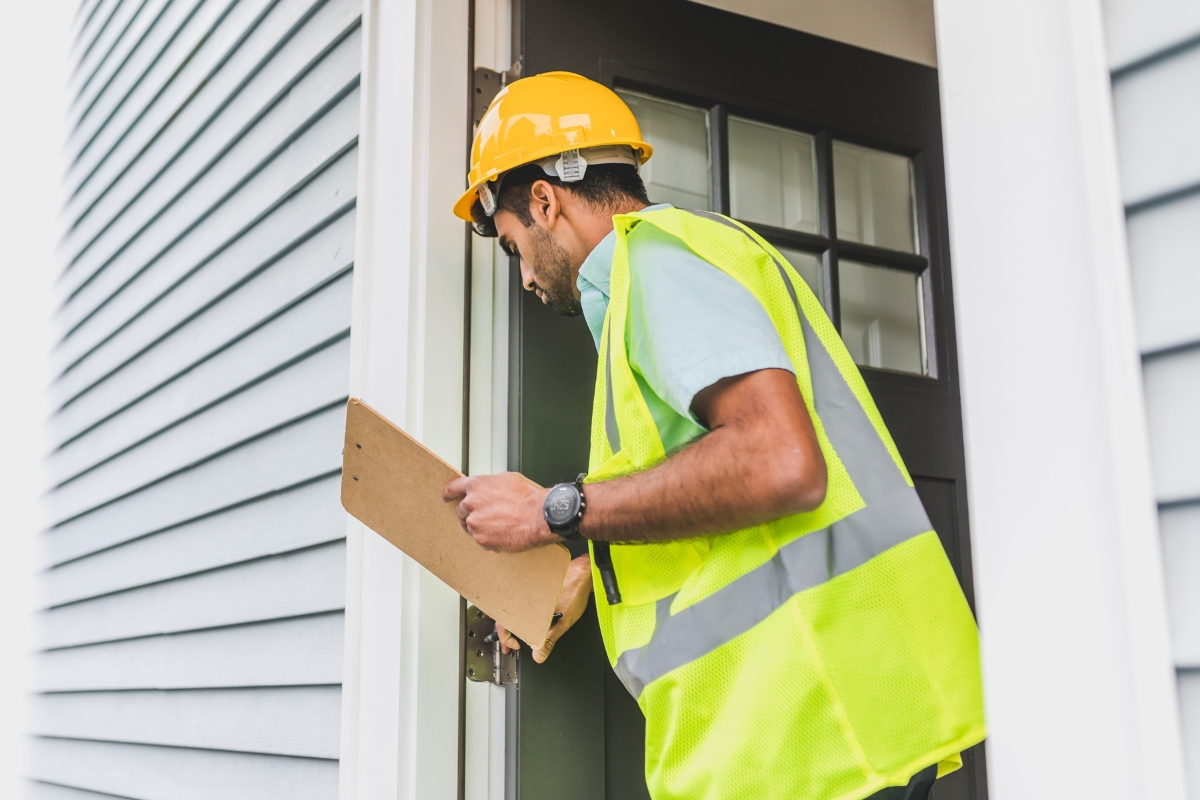
Regular maintenance checks play a crucial role in minimizing water damage in homes. By conducting these checks periodically, homeowners can identify and address potential issues before they escalate into costly problems.
One of the key benefits of regular maintenance checks is early detection. By inspecting areas prone to water damage, such as the roof, gutters, and plumbing system, homeowners can catch leaks, cracks, or blockages early on. This proactive approach can save them from extensive water damage and expensive repairs in the long run.
Moreover, regular maintenance checks help ensure that drainage systems are functioning properly. Clogged gutters and downspouts can lead to water pooling around the foundation of the house, increasing the risk of water seepage into the basement or crawl space. By clearing out debris and checking for any signs of damage, homeowners can prevent such issues and maintain the integrity of their home’s structure.
Another important aspect of maintenance checks is assessing the quality of seals and caulking around windows, doors, and other openings. Over time, these seals can deteriorate, leading to water infiltration during heavy rainfall or snowmelt. By resealing and replacing worn-out seals as needed, homeowners can prevent water from entering their homes and causing damage to the interior.
In addition to these areas, regular maintenance checks should also include inspecting appliances such as the water heater, dishwasher, and washing machine for any leaks or malfunctions. These appliances have the potential to cause water damage if not properly maintained, making it essential for homeowners to check them regularly and address any issues promptly.
Weatherproofing Your Home: Tips and Techniques
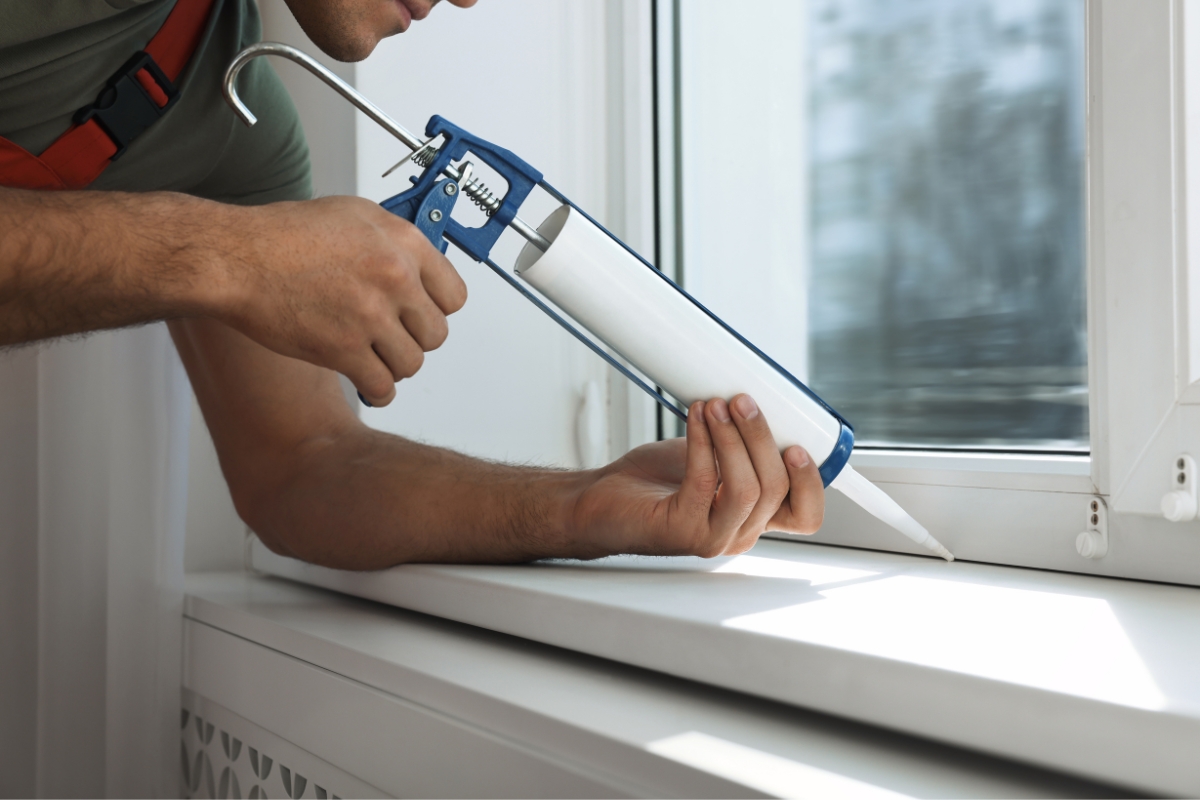
Weatherproofing your home is an effective way to prevent water damage caused by external factors such as heavy rain, storms, or flooding. Here are some tips and techniques to consider:
- Install Weatherstripping: Weatherstripping helps seal gaps around windows and doors, preventing water from seeping in during inclement weather.
- Seal Cracks in the Foundation: Inspect your home’s foundation for any cracks or gaps that could allow water to enter. Use waterproof sealants to fill these openings and prevent water infiltration.
- Install a Sump Pump: A sump pump can be a valuable addition to your basement or crawl space. It helps remove excess water in case of flooding, reducing the risk of damage.
- Elevate Electrical Systems: If you live in an area prone to flooding, consider elevating electrical systems such as circuit breakers, sockets, and wiring above the expected flood level.
- Maintain Your Roof: Regularly inspect your roof for damaged or missing shingles, as these can be entry points for water during heavy rains. Ensure that flashing around chimneys, vents, and skylights is intact and sealed properly. Roof maintenance is crucial for preventing leaks that can lead to significant interior damage.
- Protect Your Basement: Basements are particularly vulnerable to water intrusion. In addition to installing a sump pump, consider applying a waterproof coating to basement walls. This can help create a barrier against moisture. Additionally, ensure that the grading around your home slopes away from the foundation to prevent water from pooling near the basement walls.
- Install Window Well Covers: If you have below-grade basement windows, installing window well covers can prevent water from accumulating in the window wells during heavy rain. These covers are a simple yet effective way to keep water out and protect your basement.
By implementing these weatherproofing tips and techniques, you can better protect your home from potential damage and create a safer, more resilient living environment. Regular maintenance and proactive measures are key to safeguarding your property against the elements.
Safeguarding Against Burst Pipes
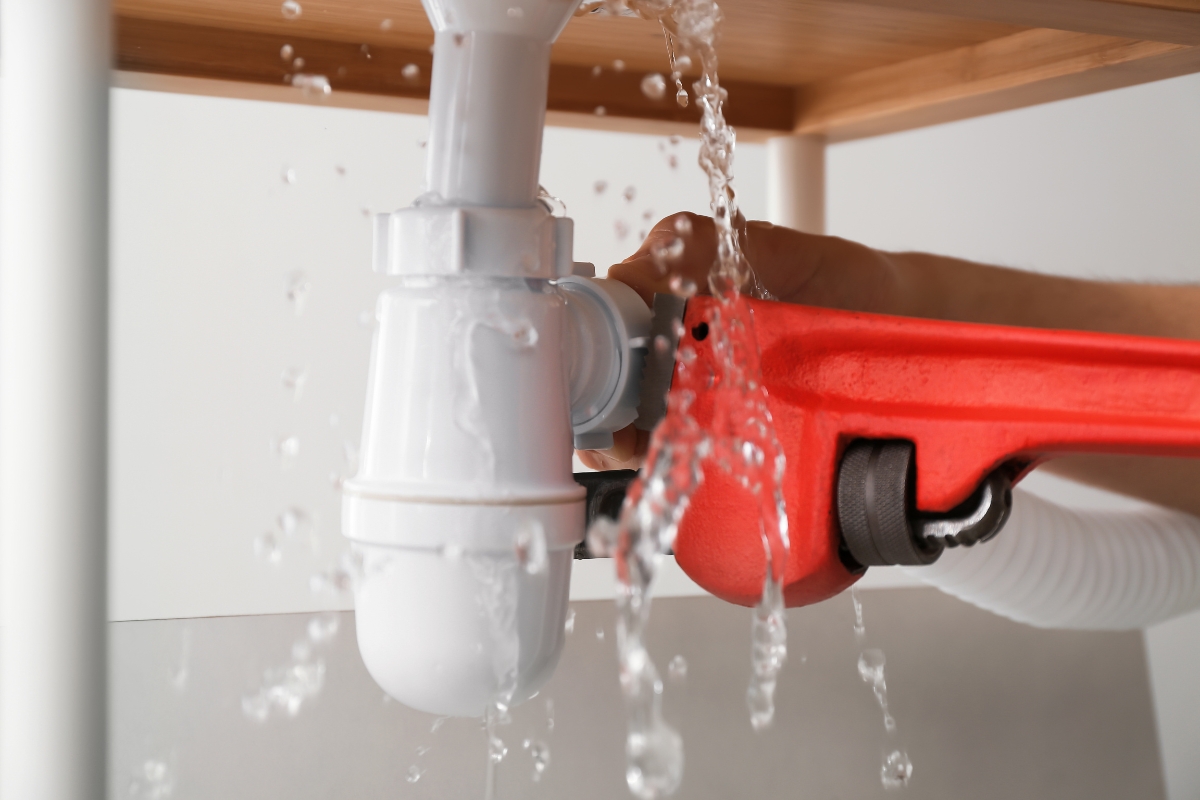
Burst pipes can cause significant damage to your home, often leading to costly repairs and extensive damage. Preventative measures are essential for protecting your home, particularly during colder months when pipes are more susceptible to freezing and bursting.
- Insulate Exposed Pipes: Pipes located in unheated areas such as basements, attics, and crawl spaces are particularly vulnerable. Insulate these pipes using foam sleeves, pipe wrap, or even heat tape, which helps keep the temperature of the pipes above freezing.
- Maintain Adequate Heat: Keeping your home heated, even in unused rooms, ensures that the temperature doesn’t drop too low, which can lead to freezing pipes. It’s recommended to keep your thermostat set to at least 55°F (12.7°C) during winter months to prevent freezing, even if you’re away.
- Seal Leaks and Drafts: Identify and seal leaks or drafts that allow cold air to enter your home, especially near exposed pipes. Cold drafts can quickly reduce the temperature around pipes, increasing the risk of freezing and bursting.
- Keep Water Dripping: During extremely cold weather, allowing a small trickle of water to run through faucets can prevent water from freezing in pipes. Moving water is less likely to freeze compared to still water in pipes.
- Install a Leak Detection System: For added security, consider installing a leak detection system that can monitor your pipes for changes in temperature and alert you to potential freezing or leaks. Some systems can even automatically shut off your water supply to prevent further damage.
By implementing these preventive measures, you can significantly reduce the chances of burst pipes, protecting your home from the devastating effects of damage. Taking a proactive approach during the colder months ensures that your plumbing system remains intact and your home stays safe.
Mitigating Risks from Roof Leaks
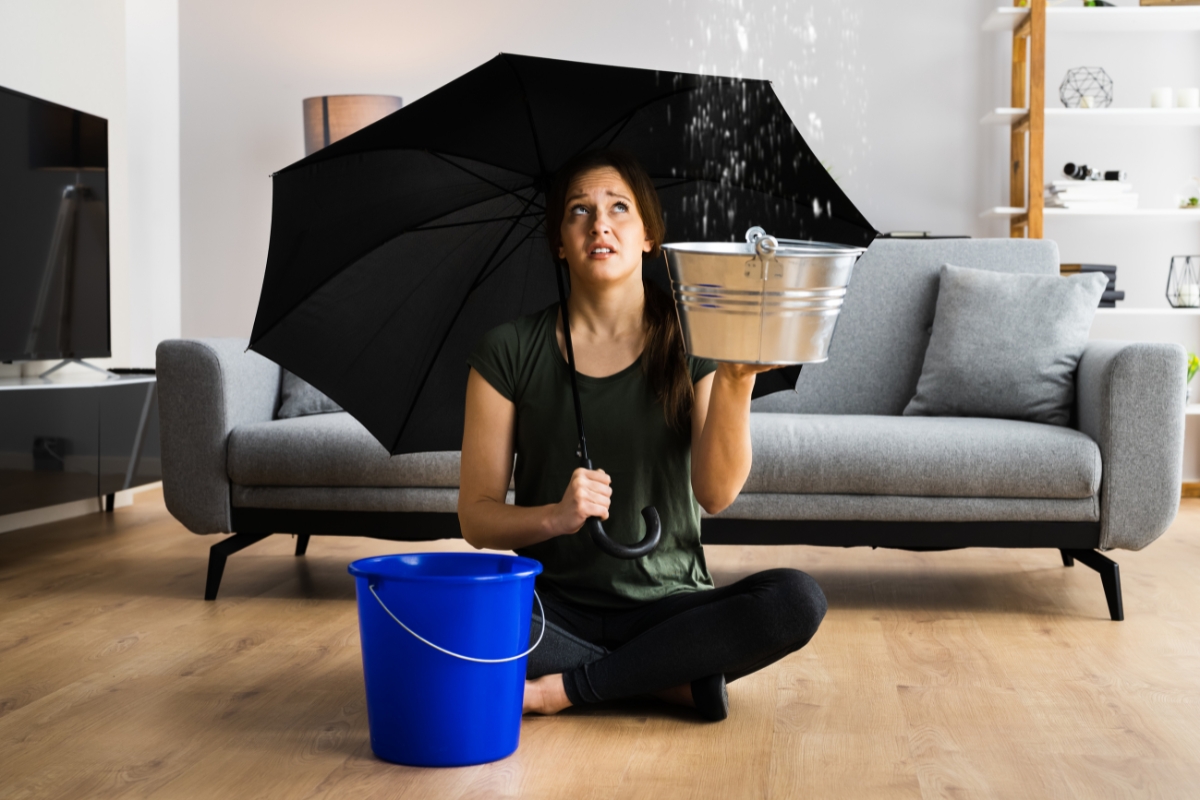
Roof leaks can cause significant structural damage and lead to mold growth if not addressed quickly. By taking proactive measures, you can minimize the risks and protect your home from damage.
- Regular Inspections: Schedule regular roof inspections, particularly after severe weather conditions. Look for damaged or missing shingles, cracked or corroded flashing, and any sagging areas. Identifying problems early on can prevent small issues from turning into major leaks.
- Gutter Maintenance: Make sure to maintain clear gutters and downspouts by removing debris like leaves and twigs so that water can drain properly. Blocked gutters may result in water seeping under the roof, causing leaks and potential harm to the structure. It’s important to guarantee that water is directed away from your home’s foundation.
- Trim Overhanging Branches: Overhanging branches can scrape against the roof, dislodging shingles and causing damage. During storms, falling branches can puncture the roof. Regularly trim trees near your home to reduce this risk.
- Waterproofing: Applying a waterproof sealant or coating to your roof can provide an extra layer of protection. These products can fill small cracks and gaps, preventing water from penetrating the roof surface and causing leaks.
- Address Leaks Promptly: If you notice water stains, damp patches, or mold growth on your ceiling or walls, act immediately. Contact a professional roofing contractor to assess and repair the damage. Delaying repairs can lead to more extensive damage, including compromised structural integrity and costly repairs.
- Consider Roof Replacement: If your roof is old or has sustained significant damage, it might be time to consider a complete roof replacement. Modern roofing materials offer better durability and water resistance, reducing the likelihood of leaks in the future.
By staying vigilant and addressing potential issues before they escalate, you can safeguard your home against the risks associated with roof leaks.
Upgrading Appliances for Leak Prevention
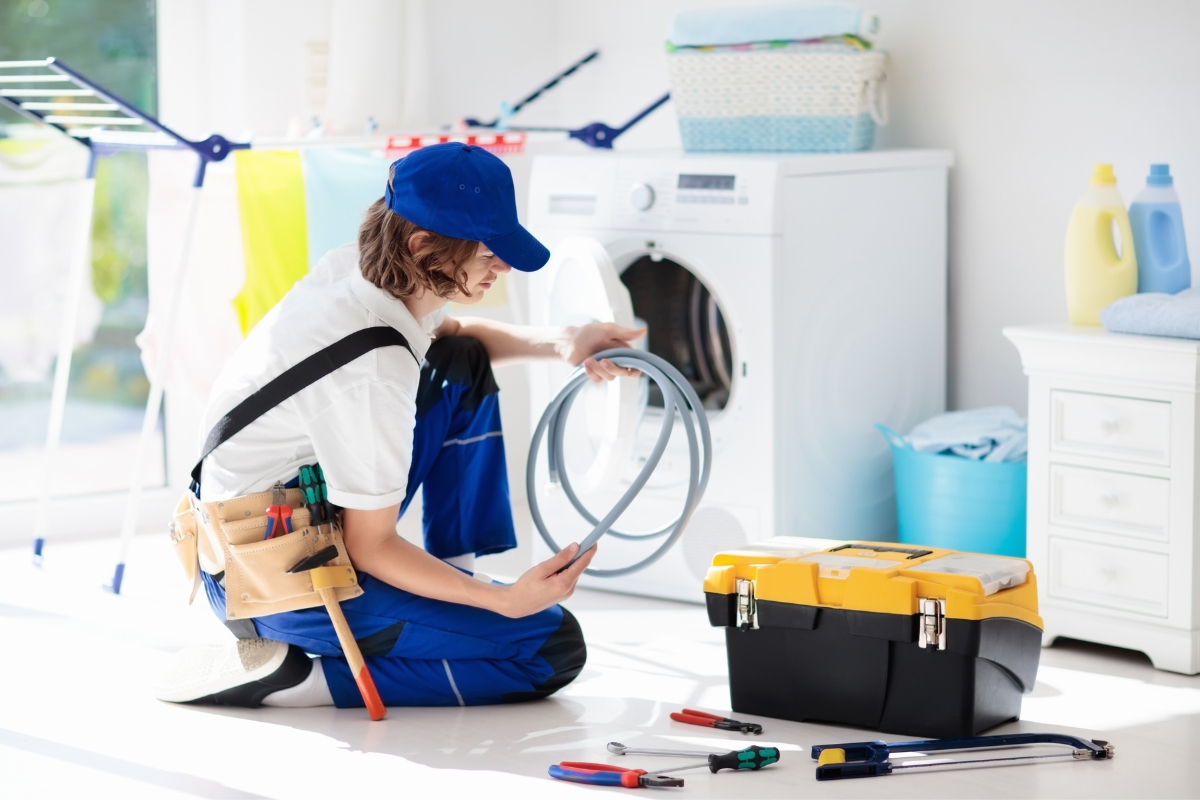
Upgrading your home appliances can significantly reduce the risk of water leaks and subsequent damage. Modern appliances often come equipped with advanced features that help detect leaks early and prevent flooding.
- Washing Machines: Look for washing machines that offer automatic shut-off valves. These valves detect excess water flow or leaks and immediately shut off the water supply, preventing potential flooding. Some models also include built-in leak sensors that trigger the shut-off mechanism before any significant damage occurs.
- Dishwashers: Many newer dishwashers are equipped with built-in leak detection technology. These sensors monitor the water level inside the appliance and shut off the water supply if a leak is detected. Some models even alert you with an alarm or send a notification to your smartphone.
- Refrigerators with Ice Makers: Refrigerators with ice makers are another common source of leaks. Upgrading to a model with a leak detection system can prevent water from escaping unnoticed. These systems automatically stop the water flow to the ice maker if a leak is detected, protecting your kitchen from potential damage.
- Smart Appliances: Consider investing in smart appliances that integrate with home automation systems. These devices can alert you to leaks via smartphone notifications and even allow you to remotely shut off the water supply. This level of control provides peace of mind, especially when you’re away from home.
By upgrading to these newer appliances, you can add an extra layer of protection against potential water damage caused by appliance malfunctions or leaks.
Detecting Early Warning Signs: The Role of Monitoring and Leak Detection Systems
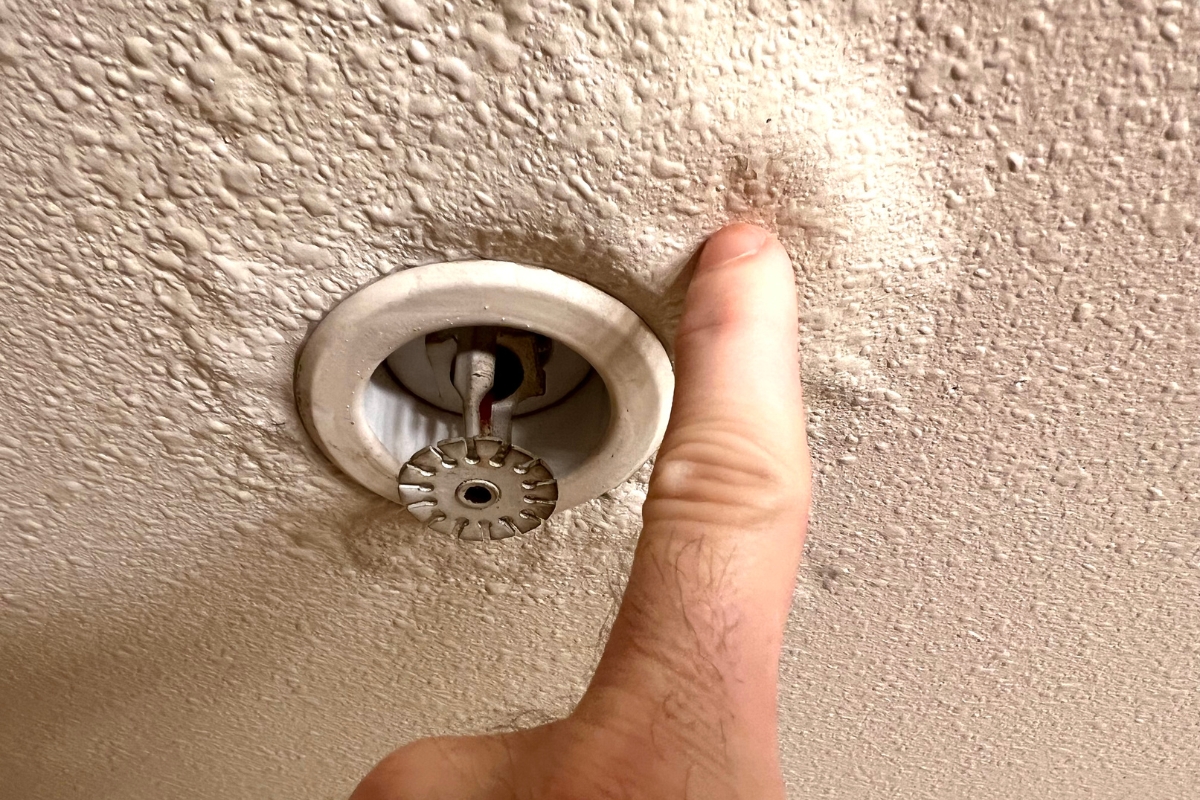
Preventing water damage threats before it becomes a significant issue is essential for maintaining a safe and dry home. Early detection systems play a crucial role in identifying potential water-related problems before they escalate into costly repairs. Here are some monitoring systems that can help you safeguard your home:
- Water Leak Detectors: Water leak detectors are small devices that can be placed near vulnerable areas like under sinks, behind appliances, or near water heaters. These detectors sense moisture or hidden water leaks and send immediate alerts to your smartphone or home security system. Some models also include audible alarms, ensuring you’re aware of a leak even if you’re not near your phone.
- Smart Home Security Systems: Many modern home security systems now offer water monitoring as part of their package. These systems integrate water sensors that detect leaks or unusual moisture levels. When a potential issue is detected, the system sends real-time alerts to your smartphone, email, or home security control panel. This integration ensures that you stay informed about potential problems even when you’re away from home.
- Smart Thermostats: While primarily designed to regulate temperature, some advanced smart thermostats also monitor humidity levels in your home. Excessive humidity can lead to condensation, mold growth, and eventually water damage. By keeping an eye on humidity levels, smart thermostats help you take preventative measures before moisture-related issues develop.
- Automatic Water Shut-Off Systems: These systems take water monitoring a step further by automatically shutting off your home’s water supply if a leak is detected. This can be especially useful for preventing extensive damage in situations where a leak occurs when you’re away from home.
By investing in these monitoring systems, you can stay informed about potential water-related issues and take prompt action to prevent further damage. Regularly checking and maintaining these systems ensures they continue to function effectively, giving you peace of mind and added protection for your home.
Emergency Preparedness and Quick Response Strategies
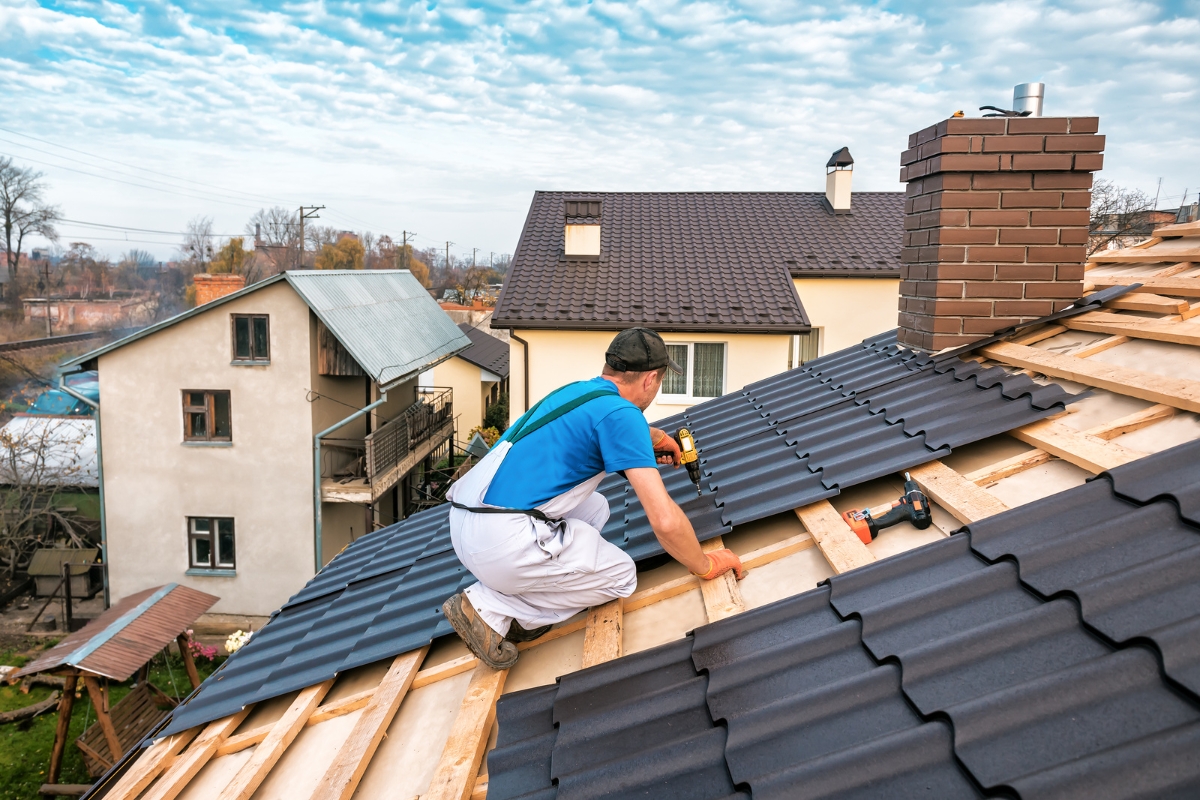
Despite your best efforts to prevent water damage, emergencies can still arise. Being prepared and knowing how to respond swiftly can significantly minimize the impact of such situations. Here are some strategies to ensure you’re ready to handle water-related emergencies:
- Create an Emergency Kit: Your emergency kit should include essentials like a flashlight, batteries, bottled water, a first aid kit, and contact information for emergency services. In case of water damage, having a kit ready will help you navigate the situation more effectively.
- Know the Location of Your Main Water Shut-Off Valve: In the event of a burst pipe or major leak, shutting off your main water supply immediately can prevent further damage. Make sure everyone in your household knows where the shut-off valve is located and how to operate it.
- Compile a List of Emergency Contacts: Keep a list of reliable plumbers, electricians, and restoration professionals handy. In an emergency, you’ll want to reach out to these experts as quickly as possible to address the issue and prevent further damage. Save these contacts on your phone and also have a printed copy in your emergency kit.
- Understand Your Home’s Plumbing System Layout: Familiarize yourself with the layout of your plumbing system, including the locations of key shut-off valves for individual fixtures. This knowledge allows you to isolate and address specific issues without affecting the entire system.
- Regular Drills and Training: Conduct regular emergency drills with your family or household members, ensuring that everyone knows what to do in the event of a water emergency. This can include practicing turning off the water, using emergency contacts, and preparing the home for potential flooding.
By implementing these strategies, you enhance your ability to respond quickly and effectively to water-related emergencies, minimizing potential damage and ensuring the safety of your home and loved ones.
Consulting Professionals: When to Seek Expert Help
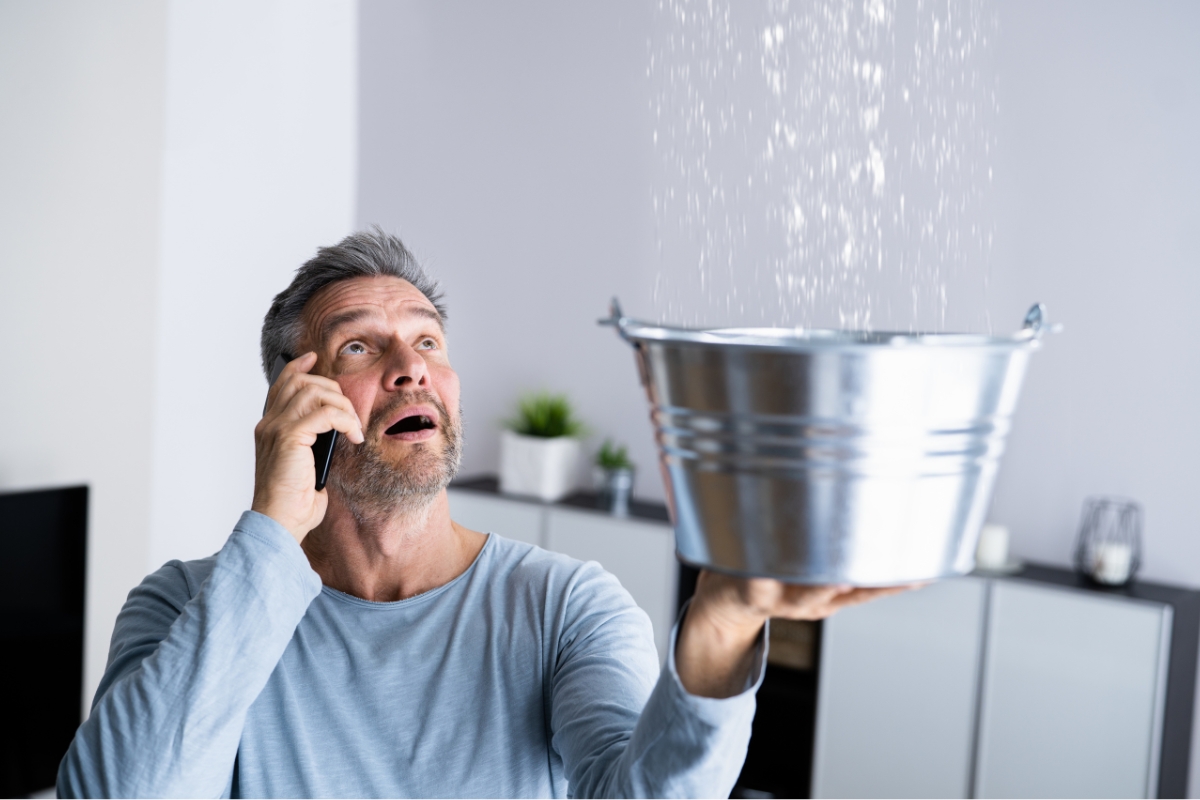
While homeowners can handle many preventive measures themselves, certain situations demand the expertise of professionals. Recognizing when to call in experts can save time, money, and prevent further complications.
- Extensive Water Damage: If your home has suffered significant water damage due to flooding, burst pipes, or prolonged leaks, it’s essential to consult restoration professionals. These experts have the specialized equipment, such as industrial dehumidifiers and moisture meters, to properly dry out your home and prevent mold growth. They can also assess structural damage and make the necessary repairs to ensure your home is safe and secure.
- Complex Plumbing Issues: When plumbing problems go beyond simple fixes, like unclogging a drain or replacing a faucet, it’s time to call a licensed plumber. Issues with your main water line, sewer line, or persistent low water pressure could indicate deeper problems that require professional diagnostic tools and expertise. Attempting to fix these issues on your own could lead to more extensive damage or even safety hazards.
- Roof Repairs or Replacements: Roofs are your home’s first line of defense against the elements, so maintaining them is crucial. If you notice leaks, missing shingles, or structural damage, it’s wise to consult with a roofing contractor. Professionals can accurately assess the condition of your roof, identify the root cause of the damage, and perform necessary repairs or replacements. Attempting roof repairs on your own, especially on steep or multi-story homes, can be dangerous and may not effectively address the underlying issues.
In addition to these scenarios, seeking expert help is advisable when dealing with electrical problems, foundation issues, flood insurance, or large-scale renovations. Consulting with professionals ensures that the job is done correctly, safely, and in compliance with local building codes, ultimately protecting your investment and ensuring peace of mind.
Conclusion: Water Damage Prevention – A Comprehensive Guide
The prevention of water damage is a responsibility that all homeowners should prioritize. Remember, prevention is key. By taking proactive measures and staying vigilant, you can protect your home from the costly and disruptive consequences of water damage. Protecting your home from water damage is crucial, and implementing the right strategies can save you from costly repairs.
For professional assistance in preventing and addressing water damage, trust the experts at Restor-It, Inc. Our team is dedicated to safeguarding your home with effective solutions and top-notch flooring and restoration services. Contact us at (678) 355-6645 or visit our website for a free quote. Let Restor-It, Inc. help you keep your home safe and secure from water damage all year round.



